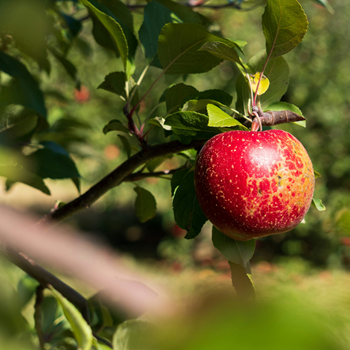The new Barroso Commission has wasted no time in grasping the GMO nettle, after years of delay and obfuscation. It is authorising the cultivation and use of Amflora, a new genetically modified potato for industrial use, while at the same time working on a policy which will allow individual member states to forbid the cultivation of GM crops on their territory. I guess this optional approach is the only way to resolve an impasse based far more on sentiment than science.
It was about time that the Commission moved on the GM issue. Of course genetically modified products should be rigorously examined for any impact on the natural environment, but blanket opposition to their development makes no sense when it rejects all use of a technology which has the potential to increase food and raw material supplies in the most impoverished regions of the world.
Austria and Italy were the first to protest against the Commission’s decision; Hungary and Greece can be expected to follow. These countries will surely forbid their producers from growing the crop, but of course they can do nothing to prevent its industrial use.
Germany, on the other hand, will be quick to authorise production. It will be interesting to see what France’s policy will be, given the importance of potato and starch production there.
The new decision, together with authorisations for the importation and processing of three GM maize varieties, marks a major policy switch by the Commission. It’s clearly linked with the transfer of the biotech portfolio away from the anti-GMO Environment DG, whose Commissioner Stavros Dimas from Greece fought a dogged rearguard action to prevent authorisation, to the Health and Consumer Policy DG, where incoming Commissioner John Dalli says that all scientific issues have been “fully addressed”.
It’s 13 years since an application for Amflora was first submitted by BASF. The European Food Standards Agency issued positive reports back in 2006, supplemented in 2009 with a further report on antibiotic resistance which discounted any risks.
This week’s decision on Amflora is carefully hedged about. The potato provides a starch suitable only for industrial uses such as textiles and paper manufacture and not for human consumption, although its by-product can be used for animal feed. Strict cultivation rules are to be applied.
Of course traditional plant breeding methods remain fundamental to crop development, which in turn depends on the availability of cultivars from across the world, so – closer to home – I was pleased to see that EU legislation now makes it much easier to get hold of “heritage” potato cultivars, forgotten varieties able to resist those scourges of the potato crop such as blight and eelworm. I shall be growing Pink Fir Apple and Charlotte this year. I hope they show rugged resistance to such diseases!
Find Out More
-
Generative AI is changing the search game
May 8, 2025
-
The challenges facing Europe and European leaders at Davos 2025
January 24, 2025


